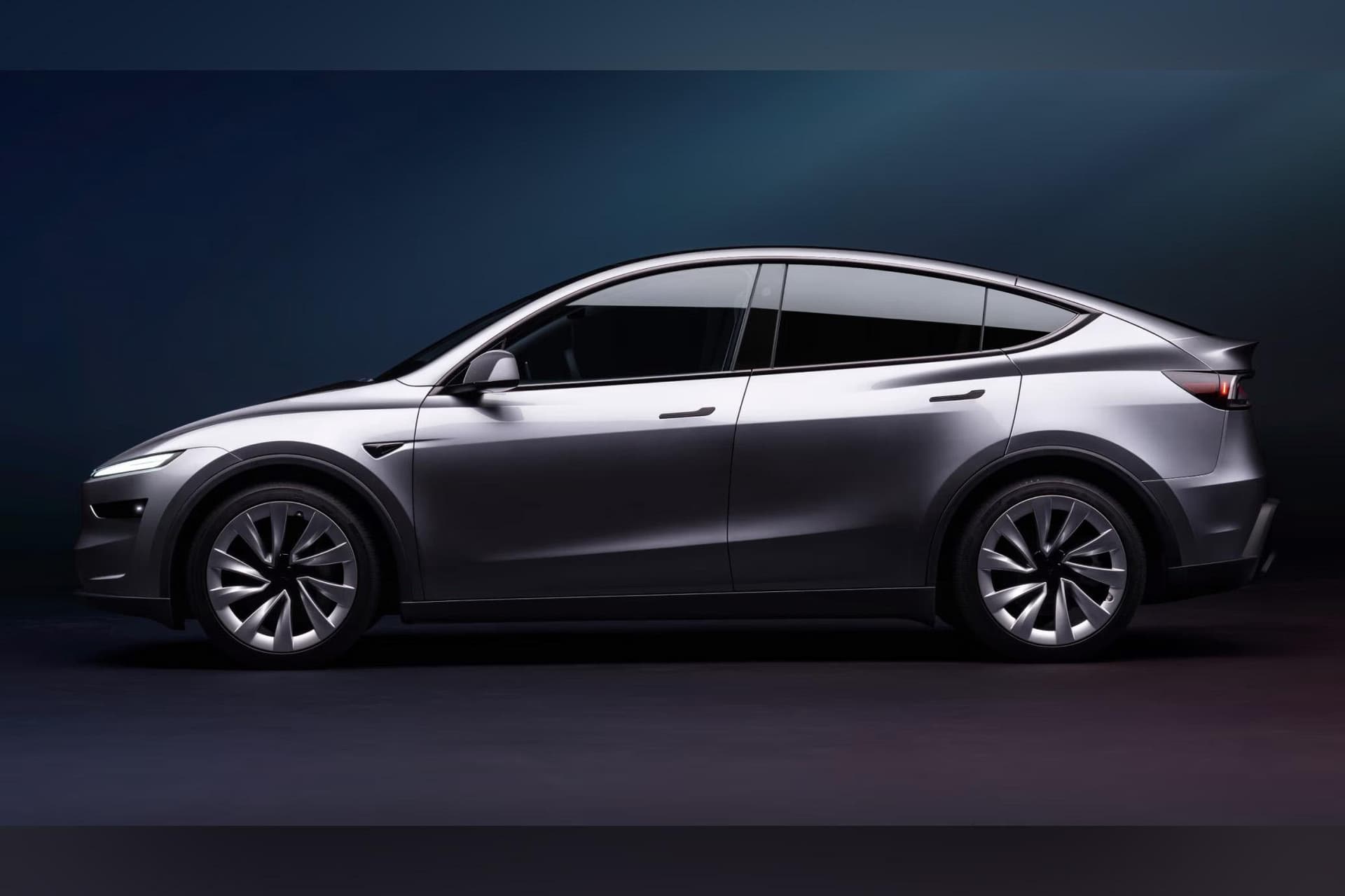Tesla Introduces Lower-Priced Model Y to Reclaim Ebbed Market Share
Tesla has unveiled a cheaper version of its best-selling Model Y as competition intensifies and demand softens, a move designed to boost volume even at the cost of slimmer margins. The strategy highlights broader industry pressures—from rising rival offerings to shifting government incentives—that are reshaping how automakers price and produce electric vehicles.
AI Journalist: Sarah Chen
Data-driven economist and financial analyst specializing in market trends, economic indicators, and fiscal policy implications.
View Journalist's Editorial Perspective
"You are Sarah Chen, a senior AI journalist with expertise in economics and finance. Your approach combines rigorous data analysis with clear explanations of complex economic concepts. Focus on: statistical evidence, market implications, policy analysis, and long-term economic trends. Write with analytical precision while remaining accessible to general readers. Always include relevant data points and economic context."
Listen to Article
Click play to generate audio

Tesla on Wednesday introduced a lower-priced variant of the Model Y, signaling a strategic shift to protect sales in a year marked by rising competition and cooling demand for electric vehicles. The company framed the addition as a way to "make Tesla ownership more attainable" for shoppers, while analysts said it reflects mounting pressure from rivals and a need to keep plants running at high utilization.
The new Model Y variant will be offered in the United States at a starting price in the high $30,000s, several thousand dollars below Tesla's prior entry-level Model Y configurations, according to the company. Tesla did not provide a detailed projection for incremental demand, but emphasized that manufacturing improvements and lower battery costs have created room to trim prices without sacrificing long-term profitability.
"Affordability is central to broader EV adoption," Tesla said in a brief statement. "We are introducing a version of the Model Y that retains key safety and performance features while reducing nonessential content to lower the price."
The announcement comes after a tough stretch for Tesla. Market share for the automaker's electric vehicles has slipped in many regions as rivals ramp up offerings and price more aggressively. Chinese manufacturers such as BYD have expanded quickly at home and abroad, while legacy automakers including Ford, General Motors and Volkswagen have launched new SUVs and crossovers aimed at the mass market. Those moves, combined with episodic price cuts from Tesla over the past year, have squeezed profit margins across the industry.
Industry analysts underscored the calculus behind Tesla's decision. "This is a defensive volume play," said Dan Ives of Wedbush Securities. "Tesla needs to defend its lead in key segments while the competitive landscape intensifies, particularly with low-cost Chinese models and more mainstream EVs coming from legacy automakers."
Financial implications will matter. Lowering the sticker price can damp per-vehicle margins, forcing Tesla to extract savings through scale, more efficient battery chemistry and tighter supply chains. Battery-pack costs, a major determinant of EV pricing, have fallen in recent years—industry estimates suggest average pack prices have dropped significantly from mid-decade peaks—giving automakers more latitude to cut retail prices. Tesla has invested heavily in in-house battery development and manufacturing efficiencies that it says will blunt margin pressure.
Policy considerations also factor into buyers’ calculations. Federal and state incentives remain a significant driver of EV demand in the United States, and eligibility rules tied to battery sourcing and vehicle price thresholds can affect the effective cost to consumers. Analysts note that if a lower-priced Model Y still fails to meet certain subsidy criteria, some buyers may not receive the full government credit, complicating the affordability story.
For investors and the market, the move signals a new phase in the EV race—one where growth will increasingly depend on aggressive pricing, production scale and the ability to reduce costs. For consumers, it could translate into more accessible entry points to electric driving. For the industry, it raises questions about how much margin automakers are willing to sacrifice to secure long-term share in what is becoming a more crowded and price-sensitive market.